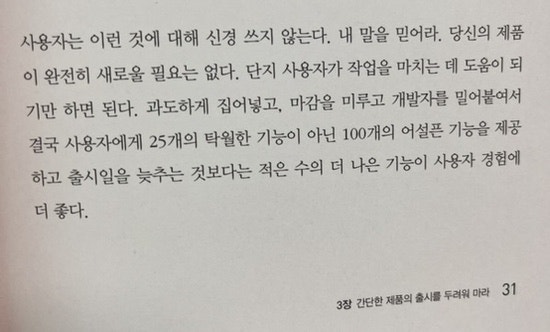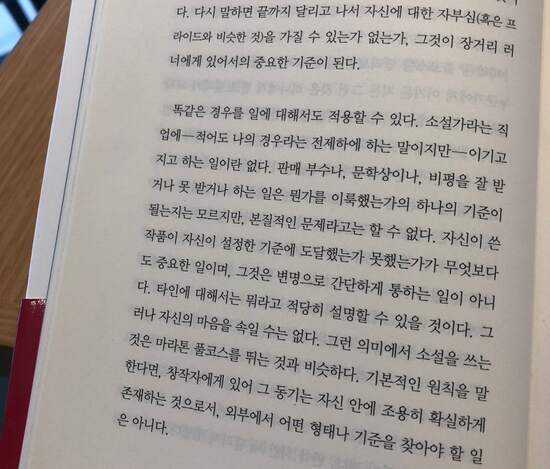My App Development Growth Journey
While working as a web developer, I got involved in developing an Expo app, which sparked a deeper interest in frontend app development. Previously, my focus had been on implementing features and refactoring code, but over time, I found myself wanting to experience the full cycle—from planning to launch, the entire A to Z of app development.
That’s how I began developing my first small but meaningful MVP app.

Your product doesn’t have to be completely new. It just needs to help users get their tasks done. Rather than offering 100 half-baked features and delaying your launch, a smaller number of well-polished features will provide a much better user experience.
Creating a Service to Solve My Own Problem
The goal of this app was to solve a problem I personally faced. The idea came from one of my hobbies: baking. When baking at home, I only had a tall round pan (size 1), but most recipes I wanted to follow used a shorter round pan (size 2). Every time, I had to manually recalculate all the ingredient ratios, which was a hassle. So I decided to develop a baking-specific calculator app—a simple tool that did nothing but calculate.
I didn’t need the full CRUD set; since it was a one-time-use calculator, I left out Read, Update, and Delete.
After completing and launching the app, I started to wonder: “What’s next?”
I didn’t want to stop at just solving my own inconvenience, so I posted in a baking community I frequented to see if others had the same problem.

The response was much warmer than I expected. Meeting users’ needs led my post to become the most popular of the week, with over 200 likes and nearly 100 comments—an unexpected but rewarding experience.
However, since it was a one-time-use calculator, I received a lot of feedback about the lack of features for saving, editing, or deleting results. Feature requests poured in from the very beginning, so I prioritized them and updated the app step by step.
Even though the update frequency has slowed, I’m still seeing a steady increase in new users, which is encouraging.
I realized that properly responding to user feedback is a powerful driver for service growth.

“They care about what they can do with your product or service. The experience of using your product is your brand, and it is designed by UX professionals, not the marketing team.”
What Image Should My Service Have?
Initially, I focused only on the “cuteness” of my app’s UI. I thought users would be satisfied, but that expectation was only half right. Despite having certain features, I kept receiving VOCs (Voice of Customer) like, “Can you add this feature?” or “Does this feature exist?”—especially from older users, not the younger generation.
That’s when I realized I had completely overlooked one of my main user groups: people in their 50s and 60s.
Through this experience, I solidified my UX goal as “easy and intuitive.” Home baking tends to attract more women than men, and users range from young people to older generations. I learned that focusing only on pretty UI has its limits. The most important UX point is to reduce the time users spend struggling with the app.
Since then, I’ve been consciously developing with this direction in mind. I plan to add accessibility improvements in the next update so users of all ages can use the app more comfortably.
I want to always remember that the true image my service should have is
a tool anyone can easily use.

Are You Living the Life of a Creator?
There’s a passage from a book that resonates with me:
“In the profession of a novelist, there is no winning or losing. What matters most is whether the work you wrote meets the standards you set for yourself. For creators, motivation quietly and surely exists within oneself, and there is no need to seek any form or standard externally.”
I believe this applies to all creators. We all live as silent creators. Winning or losing doesn’t matter. Rather than blindly pursuing “perfection,” I want to keep building and move toward sustainability.